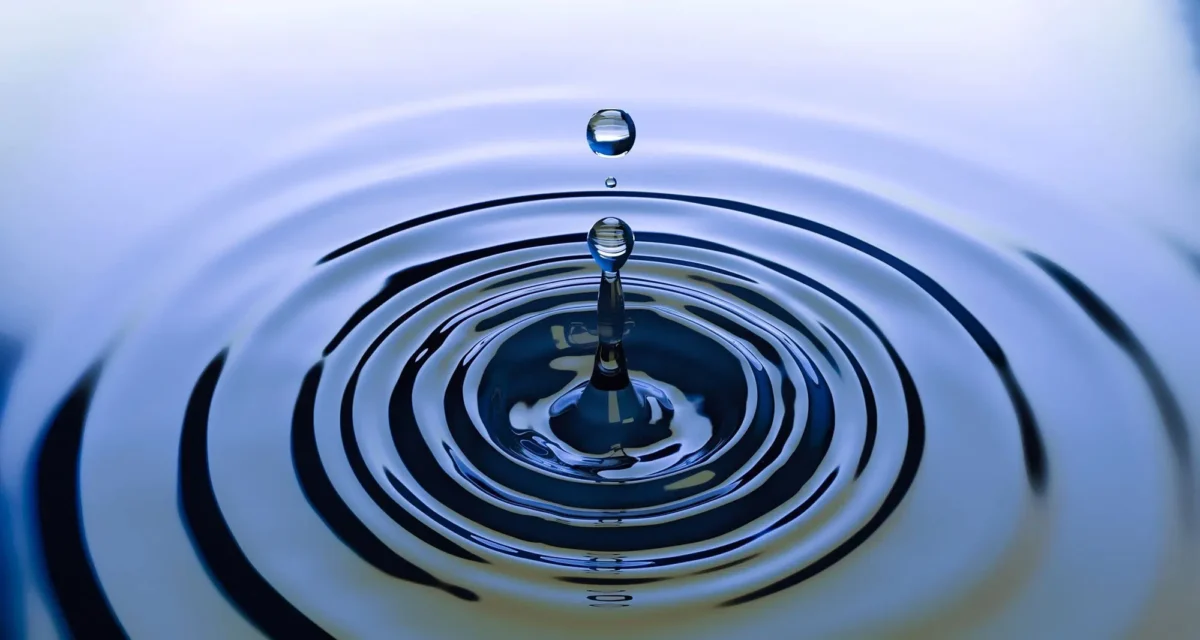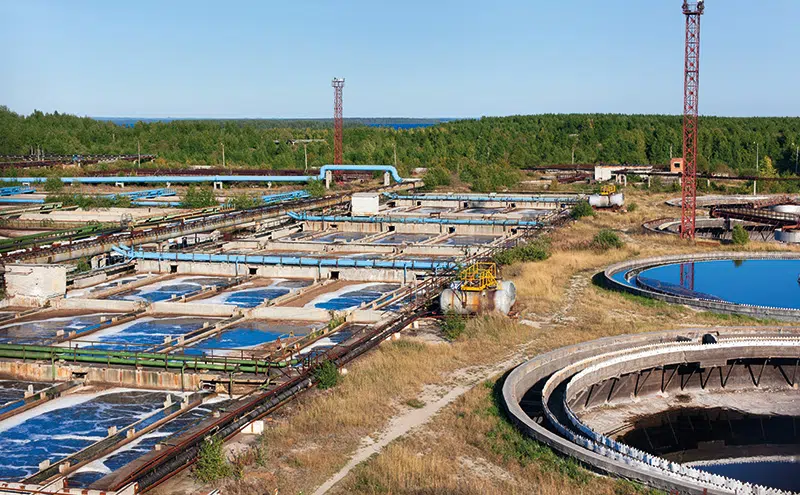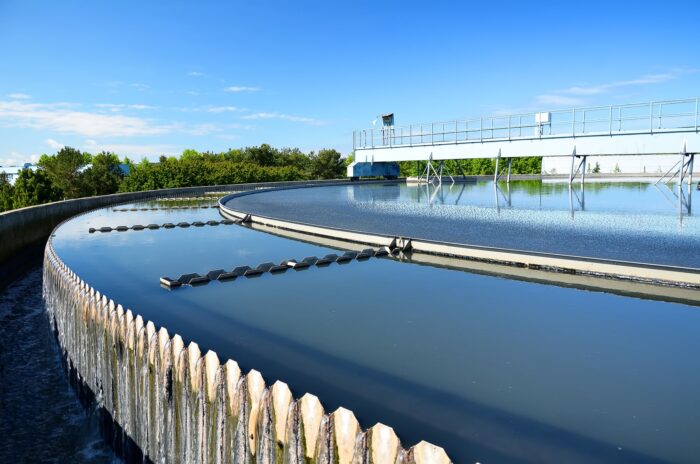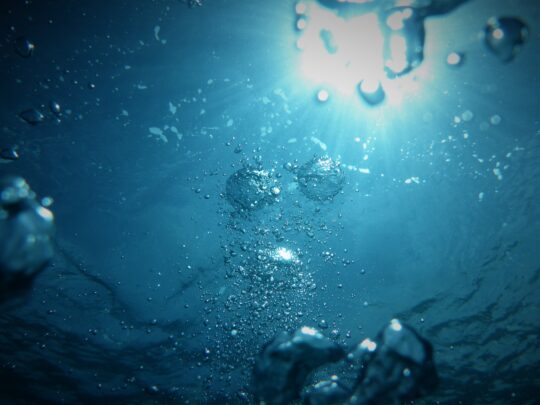Water sources are fundamental to ecosystems and sustained life; yet, growing concerns surround the accumulation of micropollutants in municipal water supplies, and the ongoing effort to combat them. As detection methods improve, so does the need to address their presence in the water industry, raising the question as to how conventional water treatment can be improved for the effective capture of micropollutants.

The Source of Micropollutants
According to data collated by the European Environment Agency, over half of surface water and 23% of groundwater fail to achieve ‘good’ status, listing several pollutants as the responsible contributors to these figures. As it stands, micropollutants such as PFAS (per- and polyfluoroalkyl substances), POPs (Persistent Organic Pollutants), heavy metals and pharmaceuticals are critical areas of concern and pose a public health risk.
Common origins of such harmful chemicals include municipal wastewater treatment plants, residues from pharmaceuticals, agricultural runoff, personal care products and urban environments that can carry trace contaminants in rainwater or floods. This raises a complex challenge for water utilities and their treatment facilities, which often struggle to deal with micropollutants, some of which demonstrate resistance to degradation, resulting in bioaccumulation over time. The current limitations of existing water treatment facilities are highlighted further as new compounds and their variants are routinely discovered, but remain untreated.
The Challenges of Purification In The Water Sector
While conventional water treatment is effective at tackling common pathogens and organic matter, there are significant challenges that need to be addressed.
Conventional Treatment Limitations
Water treatment utilises several methods of filtration, including coagulation, sedimentation and chlorine disinfection, which are effective at the removal of certain contaminants, but are not designed to capture micropollutants. These compounds, particularly PFAS ‘forever chemicals’, can remain in treated water due to their difficult detection and diverse variations. This is a critical area of concern for the water industry when aiming to achieve stringent water quality standards.
The Cost of Advanced Treatment
Advanced water treatment solutions, such as nanofiltration, reverse osmosis and oxidation processes, can be highly effective at removing micropollutants, but often come with higher costs. Due to their energy-intensive processes, these technologies require larger upfront investment and ongoing operational expenses, which can greatly impact smaller facilities. Alternative solutions such as activated carbon filters are considered a more economical option, without adding complexity to the process.
Evolving Regulations
Growing awareness of contamination issues and constantly advancing regulations in water treatment have resulted in countries pursuing stricter limits on contaminants found in drinking water. The water sector must stay ahead of such stringent controls, which results in the investment of more effective and adaptive treatment solutions.
Outdated Infrastructure
Many industrial water treatment plants suffer from ageing infrastructure, requiring substantial upgrades and maintenance of older technology. This can lead to reduced efficiency in treatment and also these sites lack the facilities to adapt to new and emerging pollutants.

Lasting Health and Environmental Impacts
Despite their trace concentrations, micropollutants have been linked to a range of adverse effects on both human health and ecosystems. Their persistence and capability to accumulate over time raises critical areas of concern.
Disruption of Ecosystems
Pharmaceuticals such as hormones or antibiotics can greatly affect aquatic organisms, while agricultural runoff can harm algae, affecting photosynthesis and the base of the food chain.
Bioaccumulation
Compounds such as PFAS and heavy metals can quickly build up in the food chain, severely impacting predators and potentially entering human diets through sources such as meat or fish.
Antibiotic Resistance
Residual pharmaceuticals, such as antibiotics, can exist within water sources and effectively promote the growth of resistant bacterial strains. This is critical since it can facilitate a public health risk as it enters drinking water systems.
Human Exposure
Overtreatment in water facilities can also allow for greater traces of chloramine to exist in higher quantities. These can be linked to endocrine disruption, a higher risk of cancer, and development issues, even in lower quantities.
Effective Treatment Against Micropollutants
One of the most effective and widely adopted treatment methods for the removal of micropollutants from water is high-performing activated carbons. This involves contaminants becoming captured by highly porous carbons, a process known as adsorption, which offers a reliable and sustainable solution for both municipal and industrial water treatment.
Powdered Activated Carbon (PAC)
The ‘loose’ powder variant is typically used as an additive within a batch treatment process, most commonly when short-term or emergency purification is required. This makes it excellent for targeting specific episodes of contamination.
Granular Activated Carbon (GAC)
Often utilised in low-impact fixed-bed filters, granular activated carbon covers large surface areas over a prolonged period of time, making it exceptional for high-volume treatment. GAC also differs from PAC in that it can be reactivated when spent.
AquaSorber® Mobile Carbon Filters
These units, filled with our high-quality GAC, offer flexible treatment in a simple ‘plug and play’ approach, providing rapid integration into existing infrastructure that can be easily exchanged or removed. With the capability to handle periods of high-flow, contaminant spikes and also conduct additional testing, these units provide effective measures in water treatment.

Discover Puragen’s Micropollutant Purification Solutions
Puragen provides a comprehensive range of both PAC and GAC products that are tailored to effectively remove micropollutants from water sources, without any major impact on operations. Our high-performing granular carbons can even be recycled at our Green Apple-awarded reactivation facility, creating both economical and sustainable solutions.
Our expert team strives to help industries find compliant and reliable purification services, providing rapid use of our AquaSorber® mobile carbon filters. For further guidance about our activated carbon and water treatment services, get in touch with a member of our team today.

